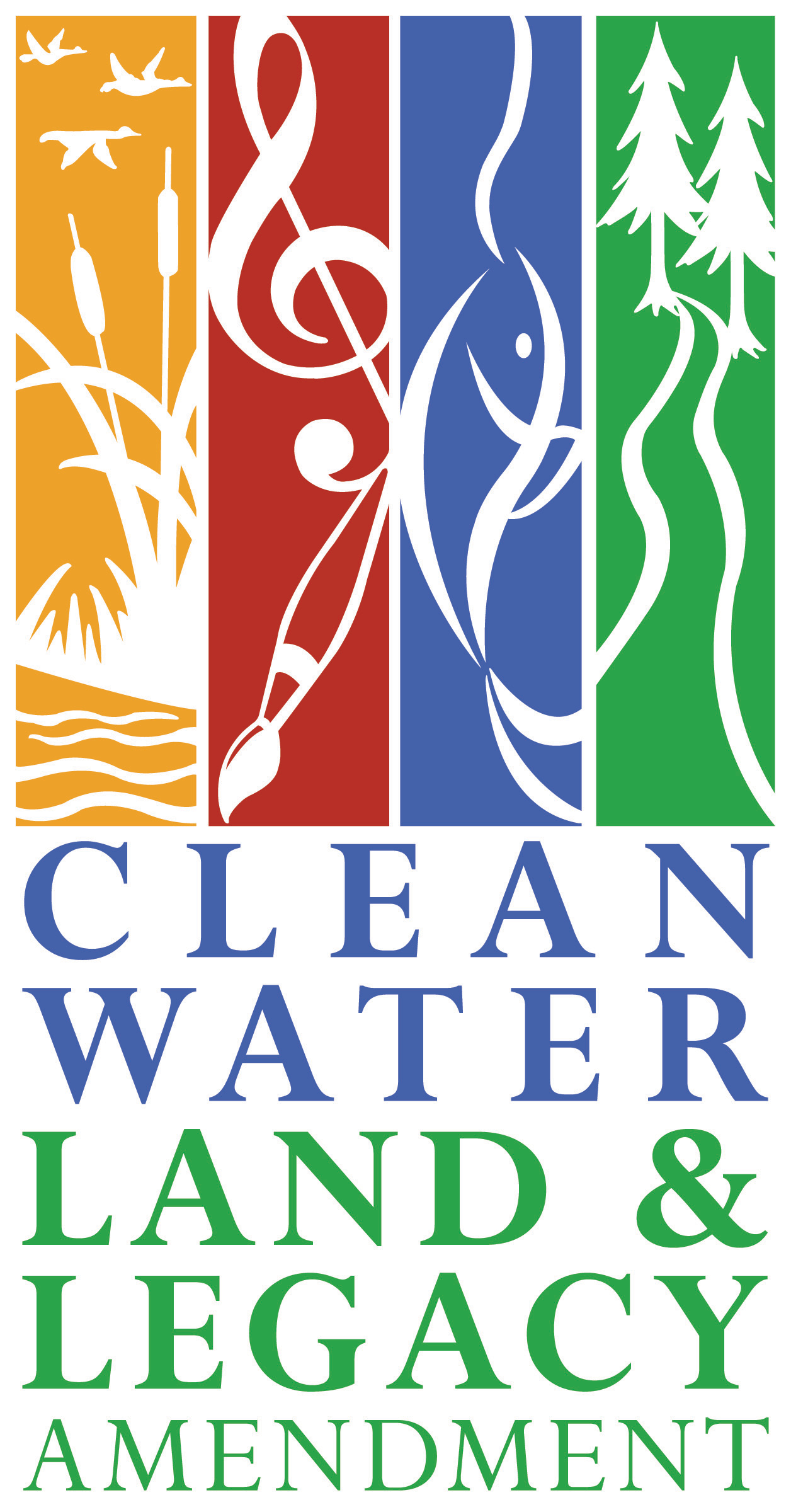Clean Water Fund: Source Water Protection
MDH Legacy Initiatives
- Clean Water Fund Home
- Contaminants of
Emerging Concern - Groundwater Protection Initiative - Accelerated Implementation Grant
- Groundwater Restoration and Protection Strategies (GRAPS)
- Pathogen Project
- Private Well Protection
- Source Water Protection Planning and Grants
- Water Reuse
Related Topics
- Minnesota Well Index
- Drinking Water Protection
- Source Water Protection
- Health Risk Assessment
- Wells and Borings
Environmental Health Division
Special Projects for Source Water Protection
Clean Water Fund
Testing for contaminants in drinking water
Per- and polyfluoroalkyl substances (PFAS)

Funding from the U.S. Environmental Protection Agency (EPA), Environment and Natural Resources Trust Fund, and Clean Water Fund has allowed Minnesota Department of Health (MDH) to conduct sampling for per- and polyfluoroalkyl substances (PFAS) and other contaminants that are not regulated in drinking water.
Through the Statewide PFAS Monitoring Project, MDH is testing for PFAS at community water systems across the state for PFAS. The goal of this project is to evaluate whether Minnesotans are exposed to PFAS at levels above guidance values in drinking water. PFAS are commonly called 'forever chemicals' because they do not break down in the environment.
MDH has developed an Interactive Dashboard for PFAS Testing in Drinking Water for the public to access PFAS testing data and information from this project. The dashboard includes information about CWSs’ PFAS testing status, testing results, and whether their results are below or above available health-based guidance values.
Unregulated contaminants and contaminants of emerging concern
The Drinking Water Ambient Monitoring Program aims to establish ongoing, permanent monitoring capacity for contaminants of emerging concern and other priority contaminants in drinking water sources across the state. As individuals and industries use thousands of chemicals that can end up in water resources, this program will help us understand where these contaminants occur and at what levels. The goals of this program are to address concerns about public health exposure to CECs and support data-driven water resource management decisions by characterizing water quality conditions in drinking water sources. DWAMP is funded by the Clean Water Fund.